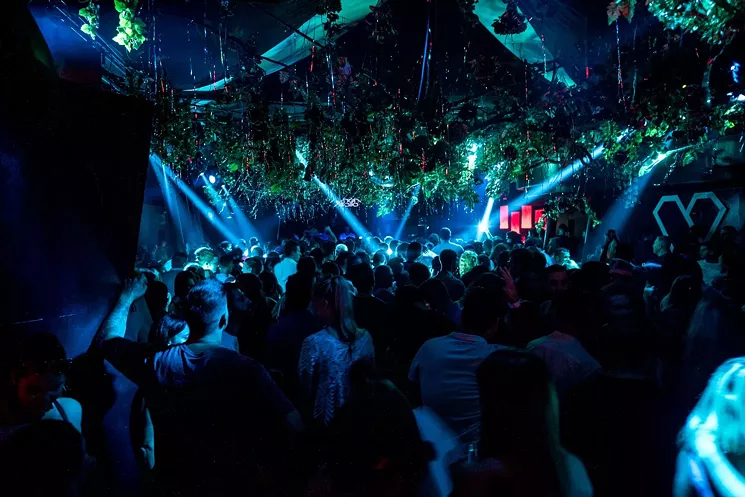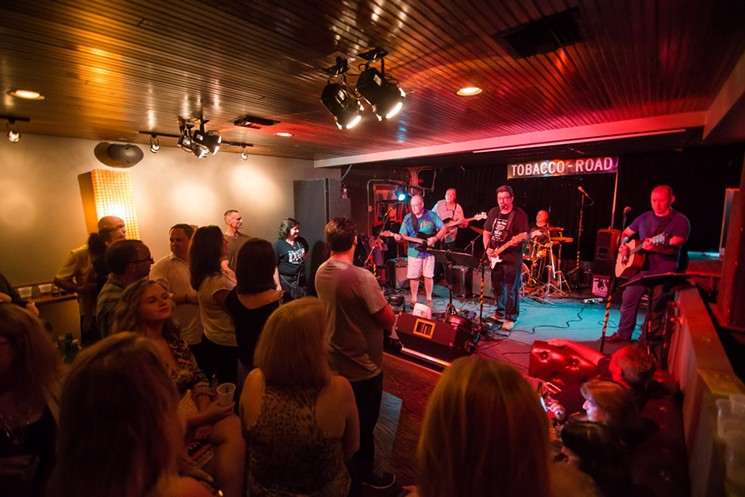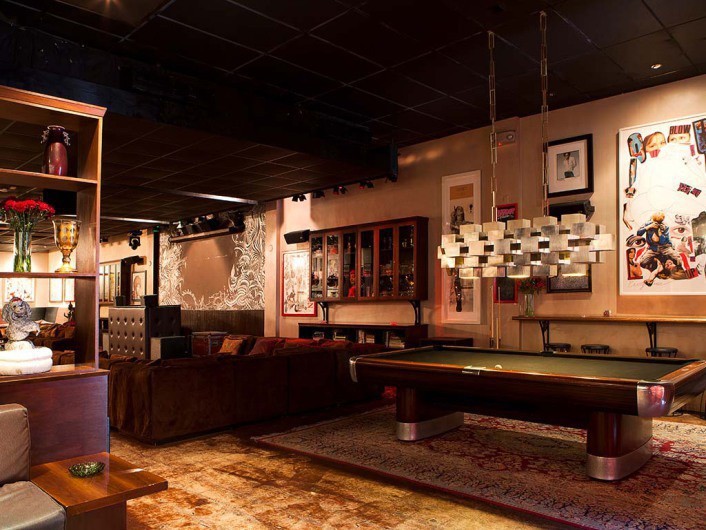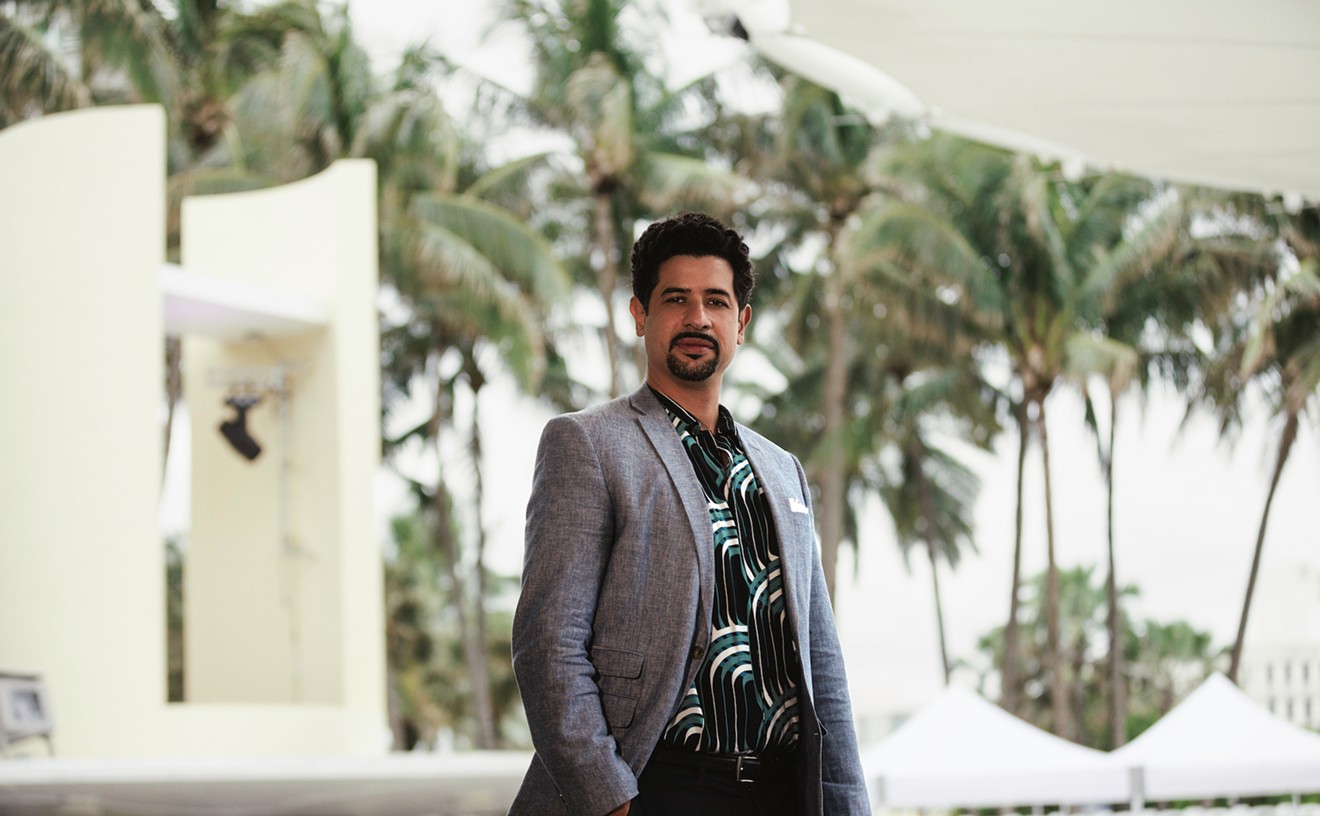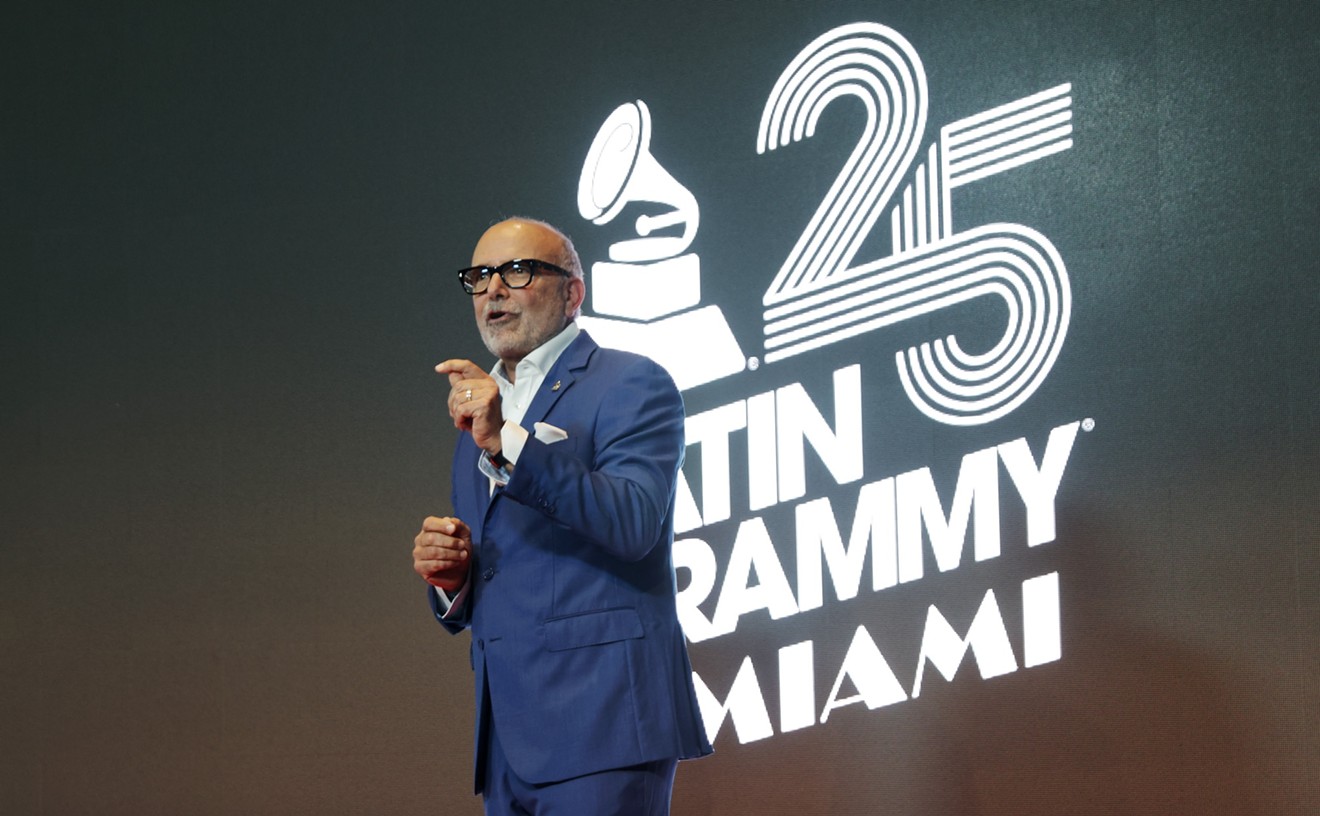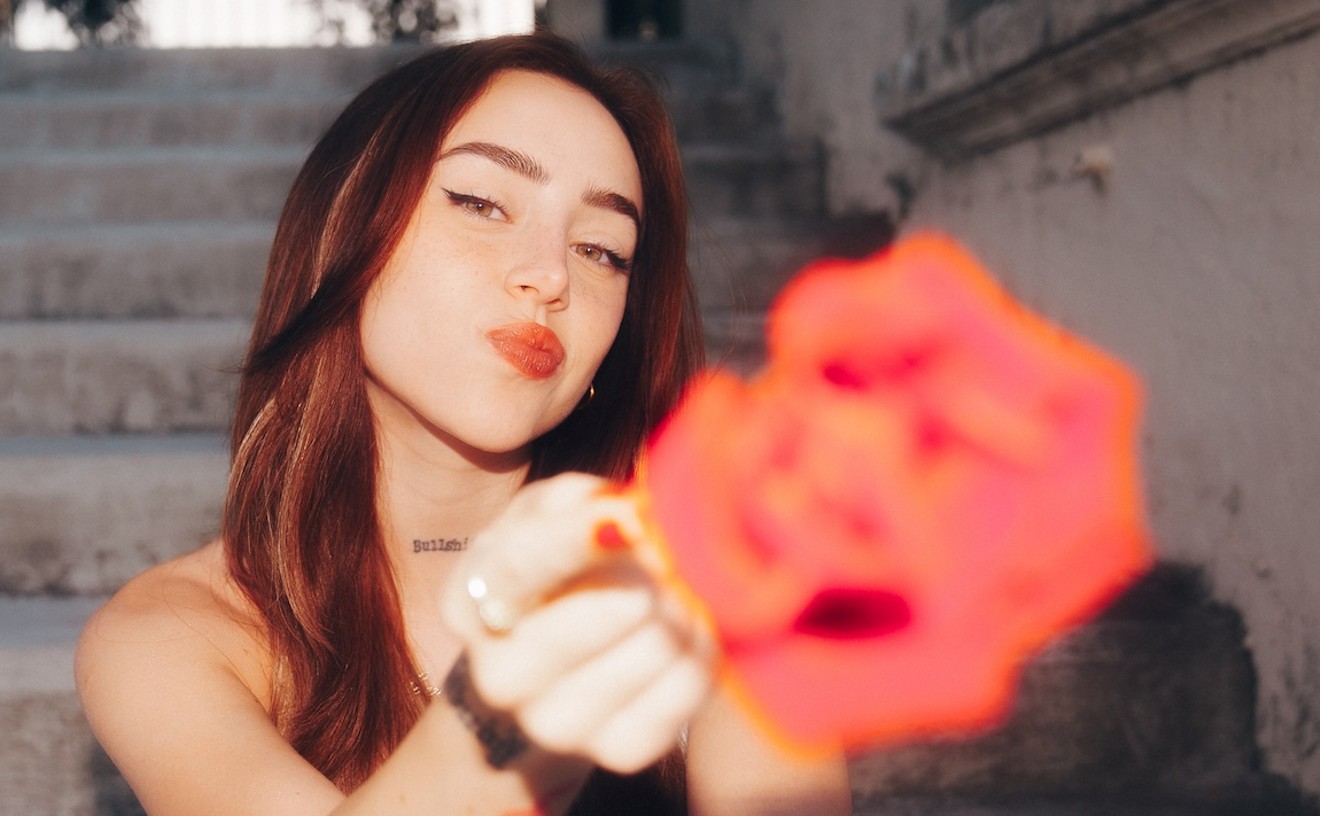Miami's music scene continues to grow and expand, with new venues opening and big-name artists making their South Florida debuts relatively regularly. But plenty of times through the years, local longtime music lovers' hearts have been broken when their favorite stages have shuttered for good. This town might not have always been a music mecca, but it's always had lovable spots where fans found community. Cheers to these Miami music venues — gone but never forgotten.
Heart. In 2015, downtown Miami was blessed with the opening of Heart. Operating in the former Nocturnal space, the club spent three years giving locals FOMO by hosting, for instance, a Halloween soiree with Gesaffelstein, Valentine's Day with Seth Troxler, and tons of late-night sets from Ibiza-level heavy-hitters. Creating healthy competition for Space, Heart often delivered a varying array of techno and house mainstays playing anywhere from six to 12 hours. Remember that legendary 25-hour set by Joseph Capriati? Or that 40-hour party during Art Basel 2016 when icons such as Aphrohead (AKA Felix da Housecat), the Martinez Brothers, Erick Morillo, Lauren Lake, Lee Foss, and Mike Servito played nonstop? Heart fought the good fight, but the club was unceremoniously killed in the city’s war with venues. Condo developers, grumpy residents, and the City of Miami united to break our Heart this past March right after Miami Music Week.
Tobacco Road. The iconic bar made it 102 years at its Brickell location, but even a legacy of that magnitude couldn’t survive Miami's penchant for killing things that locals love. The bar's liquor license was issued in November 1912 (though records show the building was erected in 1915), and during the Prohibition years, Tobacco Road was shut down briefly at times for running afoul of Johnny Law. In later years, the once-infamous speakeasy upstairs became one of Miami’s favorite stages for local acts, incredibly drawing an estimated 4,000 fans on closing night. Sadly, the venue was shuttered after the property was purchased for a cool $12.5 million. Though Tobacco Road is gone, rumors of its grandeur have been mostly unexaggerated.
Bardot. Opened by hotelier and restaurateur Amir Ben-Zion in 2009, Bardot was an instant hit with Miami's hipsters and clubgoers alike. The club hosted shows ranging from pre-Pitchfork-fame Grimes to Odesza’s earliest set with a then nearly obscure and pretransition Sophie, who at the time had only "Bipp" to her name and an early EP, Numbers, that no one remembers. Bardot’s tenure brought Miami many great shows, and its hush-hush, backdoor strip-mall digs helped make it the talk of the town.
In 2010, when David Sinopoli (who would go on to found III Points and take over the storied Club Space) became Bardot's music director, Miami was blessed with the yin to Poplife’s yang, often booking shows that wouldn’t work at a larger venue such as Grand Central or that simply wouldn’t otherwise be booked in this market. Anoraak, Jon Hopkins, Étienne de Crécy, Brodinski, Diplo, and the late, great DJ Mehdi are only a few names on a list that goes on and on. After eight years of bringing fans euphoric carpet sets from bands and DJs, the venue shuttered under the pretense of renovations. Miami might not have anything else quite like Bardot, but Floyd, the venue beneath Space, is giving us carpet nostalgia.
Grand Central. It was March 2010. As Winter Music Conference descended upon Miami, a new venue opened in an old train station on the corner of North Miami Avenue and NW Seventh Street. Grand Central’s team might not have known it then, but over the next five years, the club would become a shining beacon of live music and dance parties in downtown Miami. Eric Lespagnon (AKA Rico), Brad Knopfler, Brian Basti, Barbara Basti, Aramis Lorie, Mario Arango, and Jake Jefferson delivered unforgettable shows like they were flipping a switch. Artists such as A$AP Rocky, Big Sean, Joey Bada$$, Chief Keef, Juicy J, and many others graced the stage before their commercial success (most of those names on one bill, no less). Hip-hop royalty wasn’t the only thing GC gave fans either. Explosions in the Sky, Sebadoh, Mogwai, James Murphy, Dinosaur Jr., Cut Copy, Twin Shadow, Caribou, Skrillex, Diplo, Sleigh Bells, Glass Candy, the Chromatics, Battles, and Ladytron were among countless electronic acts to perform at the club.
But to try to sum up Grand Central in a list of names or concerts would be to deprive one of Miami’s most iconic venues of a eulogy that does it any justice. From presenting Peachfuzz and Way Up to offering a New Year's Eve With Peaches and all the Winter Music Conference shows, including Fool's Gold and Bromance & Friends, Grand Central's venue-within-a-venue — the Garret — stood alongside its downstairs counterpart in every way. Between both rooms and certain events that used both interchangeably, Miami has never seen anything quite like Grand Central, and its absence is one of those voids that places like the Ground and 1306 have been trying to fill. The Magic City might never see a venue of GC's magnitude again. Buried in September 2015, Grand Central went out with an epic party that included an evening of staffers from throughout the years singing karaoke, trying to empty the remaining bottles from the bar, and paying homage to years spent creating and maintaining a venue dedicated to giving club-goers nights they still reminisce about to this day.
The Stage. If you remember the Miami rock band Radioboxer, you remember how many times it absolutely shredded the Stage. The band and the venue went hand-in-hand; some fans remember more Radioboxer shows at the Stage than anything else. That's saying a lot, considering acts such as Ty Segall, St. Vincent, and Wu Tang’s GZA and Ghostface Killah also performed there. Talented locals at the venue are what really made it shine.
Since opening its doors in November 2010, the Stage gave fans an alternative to Churchill's and place where local acts could really nab the spotlight. With its location in the Design District, the Stage was a one-of-a-kind spot with a beautiful open layout and a staff that really made the place feel like home, not to mention a colorful array of events and gigs that kept concertgoers coming back. While the focus on live music slowly fades in today’s age of DJs and electronic-based bands, plenty of Miamians fondly remember when guitar rock was alive and well at the Stage. It gave us a good five-year run before closing in May 2015.
Editor's note: A previous version of this story neglected to mention Mario Arango as one of Grand Central's co-owners.
[
{
"name": "Air - MediumRectangle - Inline Content - Mobile Display Size",
"component": "19274298",
"insertPoint": "2",
"requiredCountToDisplay": "2"
},{
"name": "Editor Picks",
"component": "17482312",
"insertPoint": "4",
"requiredCountToDisplay": "1"
},{
"name": "Inline Links",
"component": "18711090",
"insertPoint": "8th",
"startingPoint": 8,
"requiredCountToDisplay": "7",
"maxInsertions": 25
},{
"name": "Air - MediumRectangle - Combo - Inline Content",
"component": "17482310",
"insertPoint": "8th",
"startingPoint": 8,
"requiredCountToDisplay": "7",
"maxInsertions": 25
},{
"name": "Inline Links",
"component": "18711090",
"insertPoint": "8th",
"startingPoint": 12,
"requiredCountToDisplay": "11",
"maxInsertions": 25
},{
"name": "Air - Leaderboard Tower - Combo - Inline Content",
"component": "17482313",
"insertPoint": "8th",
"startingPoint": 12,
"requiredCountToDisplay": "11",
"maxInsertions": 25
}
]


